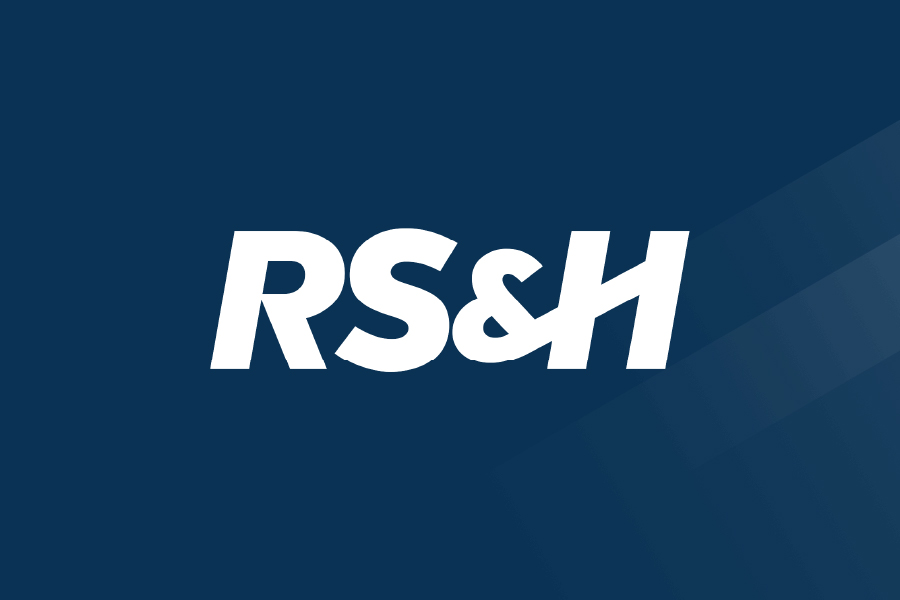A Proactive Approach to Facility Resiliency

Is your facility prepared for a disaster?
There are countless examples of natural and man-made disasters – think hurricanes, fires, earthquakes, domestic terrorism, active shooter, etc. – that have disrupted business operations for weeks, months and even years. Can your business take that kind of disruption?
The goal of resilience is to ensure that a proactive approach is taken to address the needs of your facility. Having the ability to adapt to changing conditions, regardless of cause, enables rapid recovery of disruptions to continue your facility’s mission. To begin the process, owners need to understand a facility’s mission.
Understanding Facility Needs & Mission
Taking a proactive approach toward a resilient facility requires understanding your facility’s needs and requirements. Knowing these needs from a mission standpoint will help make investment priorities clear.
Options can range from hardening a facility to adding redundancy to power, HVAC or mission critical systems. These priorities can be gleaned by formulating a building’s Current Facility Requirements (CFRs). The best time to do this analysis is long before a disaster occurs.
Commissioning & Resilience
Commissioning is a quality-focused process for ensuring that a facility and all its systems are installed, tested and verified according to an owner’s requirements and are performing at optimal efficiency.
Commissioning professionals consult (and sometimes create) the Owner’s Project Requirements (OPRs) or CFRs for existing buildings. These requirements look at what the owner expects in their building to accomplish its given function or mission. For example, what kind of energy saving equipment is needed? What current codes, standards or specifications does the owner want for Envelope, Power, HVAC or Plumbing? What sustainability goals should be met?
But there is something missing.
During the commissioning process, experts will test and evaluate how a facility is operating in optimal conditions, which makes sense. When new equipment and systems are designed and installed, the owner wants to know that everything is working “as advertised.” The commissioning process will help determine if systems are indeed functioning properly.
But what happens during a disaster scenario? What if the building lost power? What if the building lost all its water? What are the contingency operations required to get the building up in a time specified by the owner? The commissioning process does not test for contingency operations, but there is no reason why it couldn’t.
Simply talking about the surety of bulk utility is not the same as a facility being resilient. Having electrical power, secure gas lines, secure water lines, etc. is important and necessary in terms of disaster preparedness. However, if your facility is not able to adapt and benefit from the protected resources in disaster conditions – think ongoing flooding, fire damage, wind damage, etc. – then the availability to serve those facility’s elements will not matter.
The Commissioning for Resilience process will explore the OPRs or CFRs and add additional disaster readiness considerations, such as cybersecurity or disaster preparedness attributes, while also ensuring that the surety of utility makes sense within a facility and in terms of a facility’s resiliency. Most important, testing degraded system capabilities due to disasters during the commissioning process will enable owners to determine what measures need to be taken now to weather the next storm.
Proactive Steps for Facility Resilience
Step 1 Talk about the need for a plan and review your OPRs or CFRs with a commissioning professional. This can help owners see the additional needs for resilience or if there are any gaps in the requirements.
Step 2 Determine which operations are the most critical to your business – this can result in less downtime during a disaster situation.
Step 3 Invest in countermeasures so a facility can withstand a disaster.
By being proactive, facilities are avoiding major operation disruption or mission degradation. If a disaster hits and a business has not prepared, that could result in down servers and the inability to execute transactions or communications, which could result in a loss of revenue.
Can your operations lay dormant? Is ignoring this investment worth the risk? Do not wait until a disaster is at your facility’s doorstep to start thinking resiliency.
Learn more from our experts on how to make your facility resilient.
This post was originally published on August 7, 2019, and updated on September 13, 2022.



